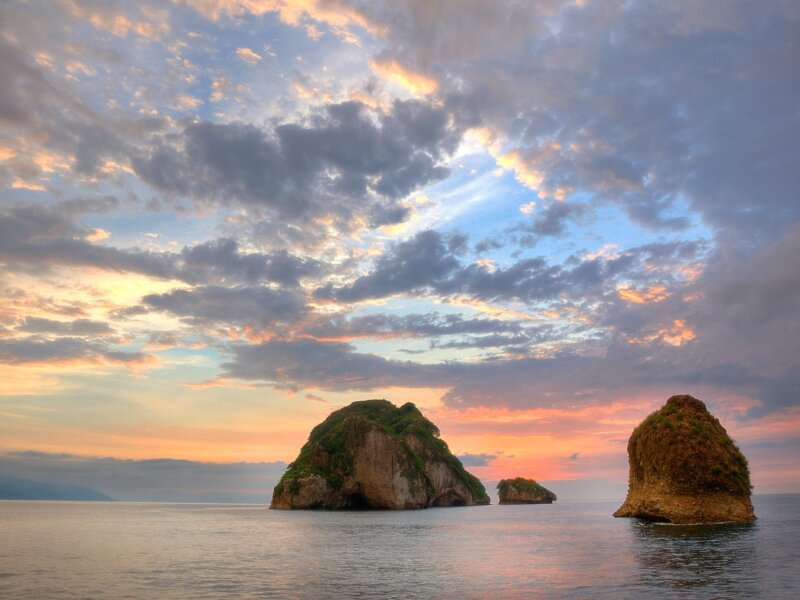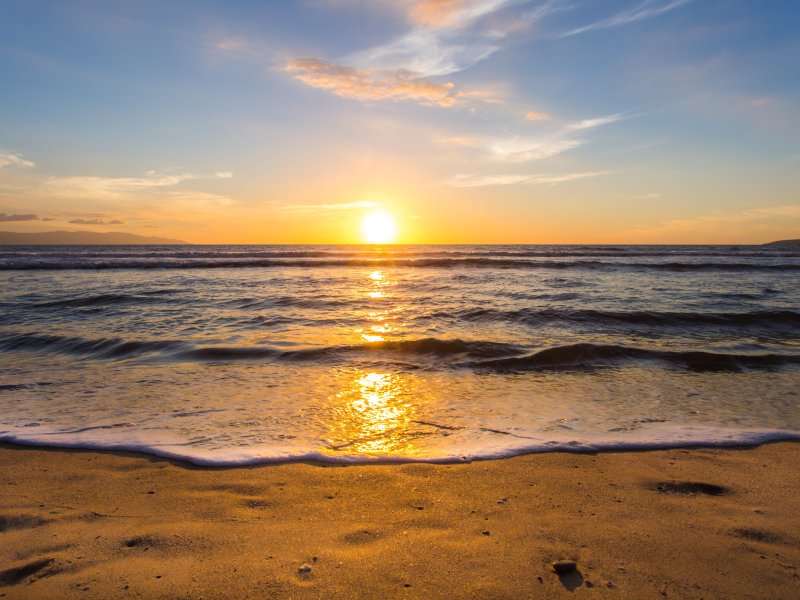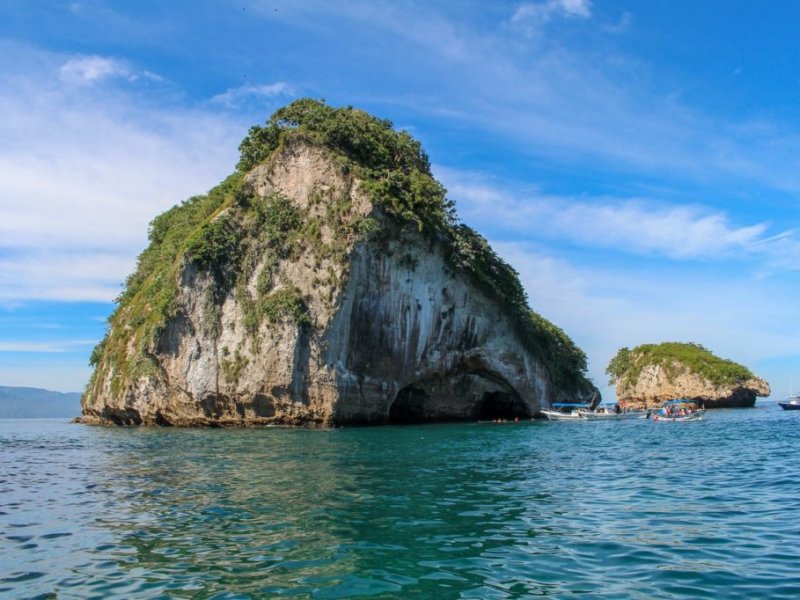The of Bay of Banderas welcomes its most distinguished guests
by Manuel Calderon de la Barca
The warm waters of the Pacific are a sanctuary for a wide variety of marine species, and the humpback whale is one of the most compelling creatures to visit Banderas Bay. Every year from December to April Puerto Vallarta has the privilege of observing the splendor and grace of these mammals, but this year they have hastened their long journey in search of the tranquility of our coasts to give birth to their young. Over the last few days the first specimens of the season have already begun to arrive!

The beautiful Bay of Banderas has become a sanctuary for a wide variety of marine life, and the humpback whales are without a doubt the most compelling species. During the last few days the first specimens of the season have been sighted. Every year from December to April Puerto Vallarta has the privilege of observing the splendor and grace of these whales, but this year it seems they couldn’t wait any longer; they are already beginning to arrive, after covering great distances in search of the tranquility and warmth of the Mexican Pacific waters to give birth to their young.
The humpback whale, also known as megaptera, yubarta, gabarte or xibarte, is the fifth largest species of whale. Baby humpbacks are born weighing an average of 1.5 tons and measuring 4 to 5 meters in length. Males reach a length of 15 meters, while females tend to be a bit larger, at 17 meters. An adult humpback whale can reach a weight of 45,000 kilos and has a life expectancy of about 40 years.
The humpback whales of the Northern Pacific spend the summer in temperate waters, inhabiting the sea from the Aleutian Islands of Alaska to the Farrallon Islands of California. During the cold winter months from November to May, the majority of the Northern Pacific population is found in the warm waters of Hawaii and Mexico, where they mate and give birth to their young.
Their migratory route, of approximately 5,600 kilometers, is traveled at a speed of about 7 kilometers per hour. Research indicates that humpback whales use acoustic signals, currents, temperature changes and even magnetic fields to find their way to feeding and breeding grounds.

Viewing these impressive mammals is an activity you can take part in and among the marvels that this experience offers is hearing how both females and males make a large variety of sounds, including the highest and lowest-frequency sounds audible to the human ear.
Year after year, when the whales return each winter, they sing the song that they sang during the last season in their breeding grounds. An analysis of songs registered during the same season in Mexico, Hawaii and Japan, indicates that whales from the same population sing the same song.
The humpback whales are easily seen from land, sea or air, due to their tendency to congregate near the coast. Whale-watching tours in the Bay offer the opportunity to observe these impressive creatures in their natural habitat, and professional guides and biologists who specialize in the behavior of and protection of these marine mammals provide the unique experience of getting close to the whales and achieving a better understanding of their world.
A natural refuge for wildlife, Puerto Vallarta is the ideal place to enjoy this majestic spectacle every year.











